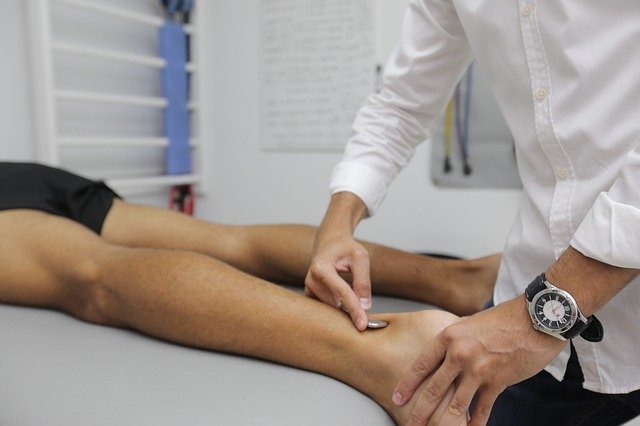Personal injury attorneys often have to recommend reliable and trusted physical therapy networks to their clients. Individuals who seek representation in personal injury cases generally do so because they have suffered grievous injuries as a result of an accident or mishap, usually caused by the negligence of another person or organization.
Some of the common issues for which personal injury clients usually need physical therapy include whiplash and soft tissue injuries caused by car accidents. Physical therapy may also be required for injuries sustained at the workplace or at construction sites, factories, etc.
Hence, personal injury attorneys often have clients who need to avail physical therapy on lien in order to regain mobility and minimize the pain caused by their injuries. Therefore, they may have to be prepared with a list of trusted physical therapists in the city where they practice who are known for providing high-quality care to patients on a lien basis.
Physical Therapy for Soft Tissue Injuries
As mentioned above, soft tissue injuries are extremely common among persons who have survived a motor accident. In essence, any injury to the ligaments, muscles, or tendons can be termed a soft tissue injury. Most doctors and healthcare professionals recommend physical therapy to those who are suffering from soft tissue injuries. Some of the common types of soft tissue injuries that are caused by car accidents include sprains, bursitis, contusions, and tendonitis. We will discuss these in greater detail below.
Bursitis
The fluid-filled sacs that act as cushions between the tendons, joints, and muscles are known as bursae. When this fluid sac is swollen or irritated, it causes bursitis. Bursitis usually affects the knee, elbow, shoulder, or hip of the injured individual.
Sprains
Sprains occur when the ligaments of the human body are twisted or wrenched out of shape. Typically, sprains involve the ankles, knees, or wrists. If the ligament is torn, then this type of injury might require surgery. Usually, however, some quality physical therapy is just what is needed.
Contusions
A bruise or contusion is often the result of direct impact with a blunt or hard object. During a car accident, you might acquire contusions when your body slams against the steering wheel or dashboard of your vehicle. A contusion that doesn’t heal might indicate severe injury to the muscle fiber beneath the skin.
Tendonitis
This soft tissue injury occurs when the tendons are irritated or inflamed. The sudden and direct force applied to the tendons during an auto accident might lead to tendonitis. Treatment of tendonitis might include extensive rest, prescription painkillers, and physiotherapy.
The Required Medical Care
Most of the common soft tissue injuries—such as those mentioned above—can be treated with adequate rest, ice compression, and physical therapy. Surgery is only recommended by physicians when the damage sustained is extreme. Good personal injury physiotherapists know when they need to document injuries in order to present the required evidence during legal proceedings.
Proper documentation of the soft tissue injuries sustained during a car accident (and the treatment provided for them) might determine the outcome of a personal injury case. This is because, unlike broken bones and lacerations, soft tissue injuries can be relatively harder to prove, as the damage is almost entirely internal and does not leave many external markers. Hence, proper documentation is essential when it comes to soft tissue injuries sustained during motor accidents.
Choosing the Right Physical Therapy Network
Personal injury attorneys must spend some time thinking about the available options when it is time to recommend a physical therapy network to clients who have suffered soft tissue injuries during motor accidents. The physical therapy network that is chosen could affect the client’s health as well as the outcome of the personal injury case. Hence, it could have an impact on the injured individual’s physical as well as financial well-being.
The best physical therapy networks have various clinics for the client to choose from so that they can get the treatment they need at a convenient location without having to travel extensively for it. They also offer a variety of treatment options, including aquatic therapy, land therapy, occupational therapy, certified hand therapy, and acupuncture. After all, the treatment being offered must match the needs of each individual patient.
Most importantly, the physical therapy network that is chosen must be capable of providing treatment to patients on a lien basis, allowing them to defer the payment until the personal injury case is decided. This will allow patients to get the treatment they need without having to undergo any financial distress. The physical therapists associated with the network must also be trained to keep adequate records and maintain all necessary documentation.
In Conclusion
Choosing the right physical therapy network for soft tissue injuries caused by motor accidents is no easy task. However, if they get it right, personal injury attorneys can ensure the well-being of their clients while also improving their own chances of success in court.



